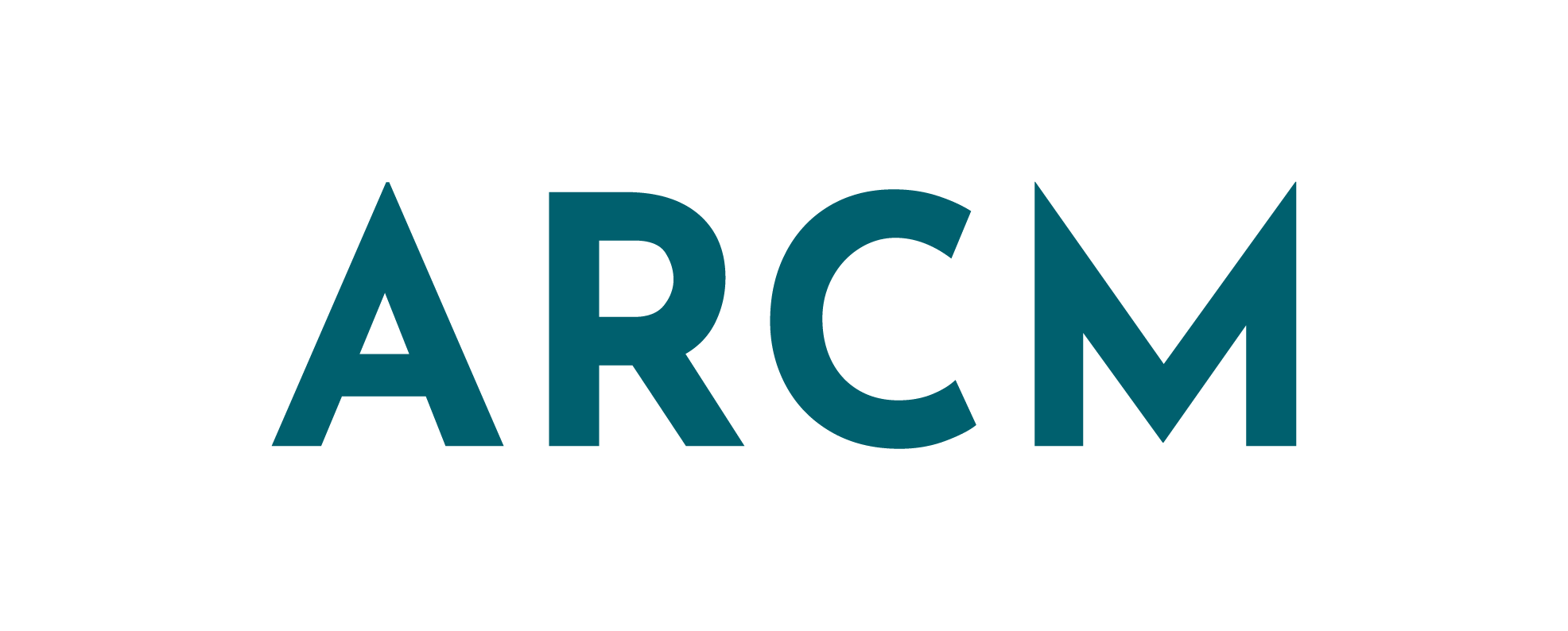What are “heading types”?
So you may be familiar with the terms H1, H2, H3, etc. Depending on your interaction with marketing, you may have seen them used in a few different contexts. In the design world for example, these will determine different styles (i.e. fonts, sizes, colours, etc.). But in the world of SEO, they explain the hierarchy and structure of your content to Google.
So how do I use “H tags” or “heading types”?
Many website building platforms like WordPress, Squarespace, or Wix, will allow you to select the heading type per piece of text you edit. But essentially, you want the H tags to form a clear hierarchy.
H1 – this should appear only once on each page and it should be the very first heading. So on most, if not all, pages this will be the page title.
H2 – these are typically used as section headings. For example each of my subheadings including So how do I use “H tags” or “heading types”? are H2s. Google interprets these as more detail about the content and how it is structured.
H3 – these should be used under H2s, as again it is a matter of structure. It is unlikely you’ll need to use heading tags beyond H3s for SEO purposes, but if you do, try to follow this same structure.
H1s and H2s are the most important, so as long as you use these on both your web pages and your blog posts, you’ve made a great start.
Heading types bring design and SEO together
You know how earlier I talked about H tags being used in design? Well, when it comes to web design (and branding), H tags feature in both areas.
Using consistent heading designs across your website also improves the usability of your website. User experience (UX) should always be at the forefront of web design. Good UX makes it easier and more appealing for your customers to convert and get in touch, buy your product, or book a demo.
This should also continue into your branding for any printed collateral. Using the H tags during the writing and design phases of creating your brochures, eBooks, whitepapers, research reports, infographics, and more can help you to showcase your brand more consistently.
And as I mentioned in a previous article about tone of voice and brand, consistent show of branding across marketing channels can lead to an average of 23% increase in sales.
Why are headings and structure important?
The great thing is, this all ties together. Even without Google or design best practices to think about, structuring your content into subheadings is a win for everyone.
A hard pill to swallow as a content writer is that very few people will read every word you say. So you need to provide the most value you possibly can at a scan. Diving your content into sections by using subheadings allows people (and Google) to understand what you are writing about.
This is why it is important to focus on clarity in your headings. Playful, fluffy headings may feel nice but they don’t actually help anyone.
Headings also make your content much less daunting to read. A solid block of text without defined sections puts people off. Presenting your content like that is a sure fire way to make sure people leave your site as soon as they see it. This will, in turn, tell Google (and Bing) that your content isn’t useful to people. And this will pull down your rankings.
Headings aren’t the only important form of structure
When it comes to structuring content in a useful way, you have a whole host of options:
- Create bullet point lists
- Add images
- Add explainer visuals like diagrams and charts
- A well formatted table never hurt anyone either
Of course, images and graphics come with their own SEO needs. But that’s a discussion for another time.

